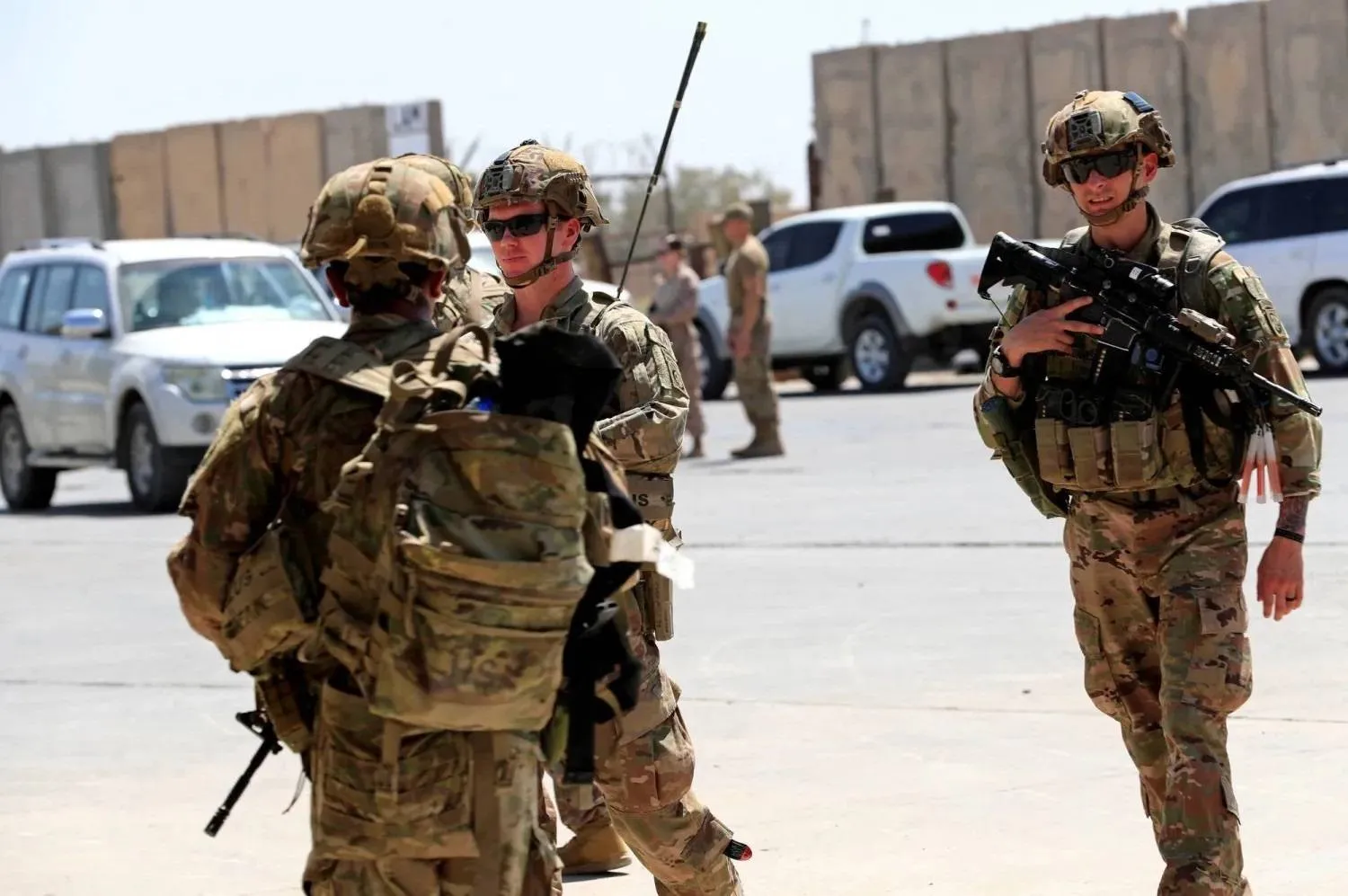Authorities in Tunisia said flooding caused by three days of exceptional rainfall has killed five people, causing property damage in several provinces and leaving schools and businesses shut and transportation disrupted after parts of the country experienced their heaviest rainfall in years.
The death toll rose to five, Khalil Mechri, a civil defense spokesman told AFP. “Two people swept away by floodwaters, while a woman drowned in her home,” he said.
Mechri said since the flooding started, the emergency services pumped water from 466 inundated homes and have rescued 350 people trapped by floodwaters.
Tunisian media said four fishermen were missing on Wednesday. A fifth was rescued in Teboulba, south of Monastir, while authorities are searching for the remaining crew.
Mechri said while the bad weather was now less intense, “the level of alert remains high.”
President Kais Saied visited several affected areas on Tuesday, including Moknine and Teboulba, local media said.
Footage and videos widely circulated on social media showed significant flooding to homes and roads, with cars stranded in water, particularly in the capital, Tunis.
Authorities suspended classes on Wednesday in public and private schools and universities in 15 of the country's 24 governorates because of the weather. Transportation was also disrupted in several areas.
Abderazak Rahal, head of forecasting at the National Institute of Meteorology (INM), told AFP some Tunisian regions had not seen so much rain since 1950.
“We have recorded exceptional amounts of rainfall for the month of January,” Rahal said, with the regions of Monastir, Nabeul and greater Tunis the hardest hit.
The latest rainfall has proved record-breaking, but Tunisian streets often flood after heavy downpours, largely because of the state of the country's infrastructure.
Drainage and stormwater networks are often old and poorly maintained, particularly in rapidly expanding urban areas, with waste sometimes clogging the system.
Rapid urbanization of some areas has also led to less rainwater being absorbed into the ground, increasing runoff.
The dramatic deluge comes as Tunisia grapples with a seven-year drought, worsened by climate change and marked by a sharp decline in water reserves in dams nationwide.
In neighboring Algeria, several regions have also been hit by massive downpours and floods.
Algerian civil defense authorities said they had recovered the body of a man in his sixties who died in flooding in the northwestern province of Relizane.









